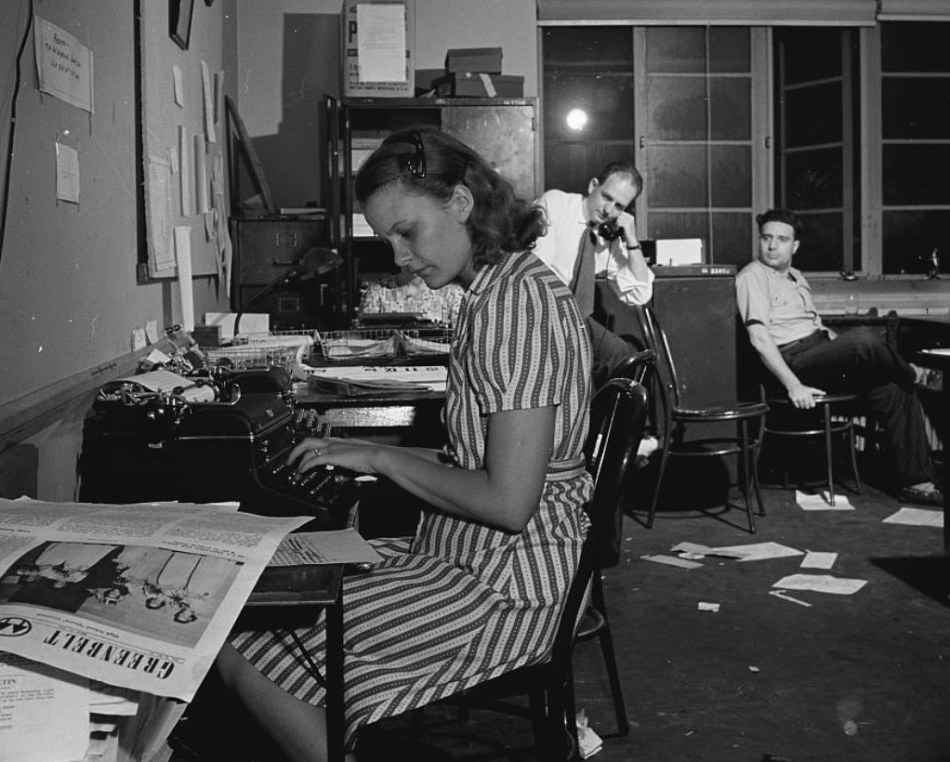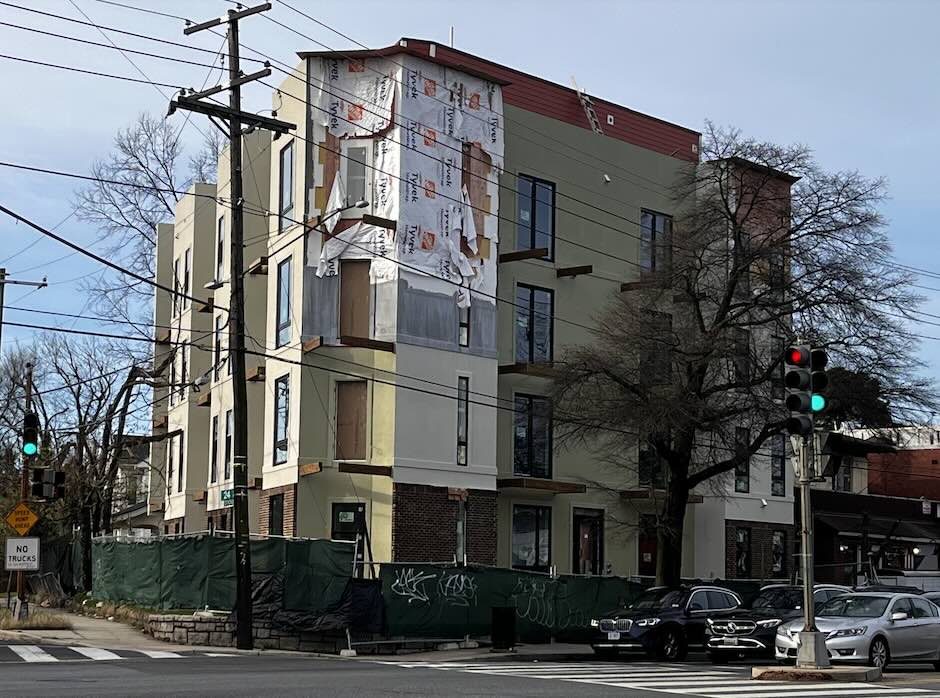
When a prominent real estate developer sued a small volunteer newspaper in Greenbelt in 1965, the staff went door-to-door collecting donations to hire a lawyer and fought back all the way to the Supreme Court, where it won.
That case, Greenbelt Co-Op Publishing v. Bresler, helped establish constitutional protections that still support journalists today.
Started in 1937, the Greenbelt News Review is run by a co-op, staffed by volunteers and distributed free to residents. The paper has been published without any interruption since its inception.
Staff reporter Dorothy Sucher made $5 a week writing up city council meetings for the paper.
In 1965, Sucher covered a meeting involving discussions about property owned by developer Charles Bresler. The city wanted to buy land from him for a new school, but Bresler refused unless the city would give him permission to build high-rise apartments that would normally be barred by zoning rules.
Several residents at the meeting repeatedly described Bresler’s negotiating tactics as “blackmail,” which Sucher included in her article.
Bresler sued, arguing that the newspaper libeled him by implying that he was engaging in the actual crime of blackmail, and a Prince George’s County jury awarded him $17,500, the equivalent of more than $150,000 today. A state appeals court upheld the verdict.
But the newspaper pressed on, winning its case before the Supreme Court in 1970. In a unanimous decision, Justice Potter Stewart noted that Bresler hadn’t showed that anyone believed he had committed a crime or demonstrated that he had suffered any financial loss from the story.
“Even the most careless reader must have perceived that the word was no more than rhetorical hyperbole, a vigorous epithet used by those who considered Bresler’s negotiating position extremely unreasonable,” he wrote.
The case was decided at a time when the Supreme Court was rethinking First Amendment protections for journalists. In a similar case involving The New York Times a few years earlier, it had restricted the ability of public officials to sue reporters over coverage they didn’t like, arguing that overzealous libel suits could hurt freedom of the press.
In cases like Greenbelt Co-Op v. Bresler, the court extended that logic to other public figures who might be embroiled in a public dispute.
“The Greenbelt News Review was performing its wholly legitimate function as a community newspaper when it published full reports of these public debates in its news columns,” Stewart wrote.
To allow him to sue the paper for covering debate in a city council meeting would “subvert the most fundamental meaning of a free press,” he added.
The case and other parts of News Review history were featured in the documentary “Defending Utopia,” from Greenbelt filmmaker Susan Gervasi, in 2017.
Support the Wire and Community Journalism
Make a one-time donation or become a regular supporter here.

























2 Responses to The Little Greenbelt Newspaper That Made Supreme Court History